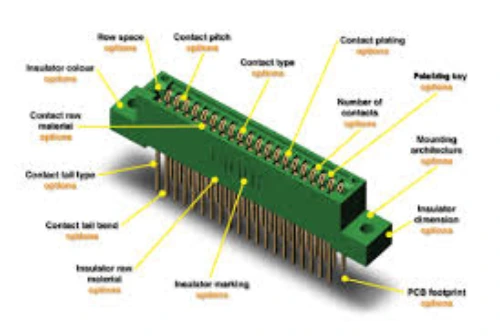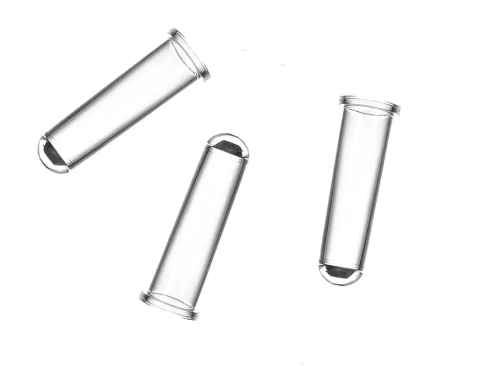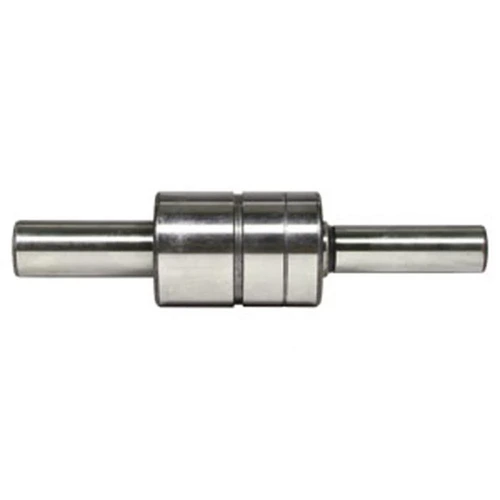Greetings in The Mighty Name of Jesus, The Christ!!!
Gods Word
1 Corinthians 14:33 KJV
“For God is not [the author] of confusion, but of peace, as in all churches of the saints."
Brothers and Sisters read the above Scripture again, now, read it again… For Jesus, The Father and The Holy Spirit are NOT A AUTHOR OF CONFUSION, in other words, when God Speaks, it is to all with the same intent, when God Moves, it is to all with the same intent and that is, that we may be Conformed Into His Likeness!!!
If you look at the many churches there are today, they are Built upon a Man or a Group of people, with Their Doctrine Beliefs, slicing and dicing The Word to fit their own agenda.
The multiple of churches should all be in One Accord, taking in the Fullness of The Word and being lead by The Holy Spirit. Every church should be following the following outline…
1 Corinthians 14:26-32 KJV
"26 How is it then, brethren? when ye come together, every one of you hath a psalm, hath a doctrine, hath a tongue, hath a revelation, hath an interpretation. Let all things be done unto edifying. 27 If any man speak in an [unknown] tongue, [let it be] by two, or at the most [by] three, and [that] by course; and let one interpret. 28 But if there be no interpreter, let him keep silence in the church; and let him speak to himself, and to God. 29 Let the prophets speak two or three, and let the other judge. 30 If [any thing] be revealed to another that sitteth by, let the first hold his peace. 31 For ye may all prophesy one by one, that all may learn, and all may be comforted. 32 And the spirits of the prophets are subject to the prophets."
For there are many things of Order that are in the above Scriptures, but the point is to those who do not Believe, who do not Accept, who have Written Their Own God, to Understand that God knows the Diversity that is among you, but it is the Same God whom moves. For there are Speaking Of Tongues rather YOU Believe or not does not matter, but what does matter is that God Says that there is. There is still The Office Of A Prophet rather YOU Believe or not does not matter, but what does matter is that God Says that there is.
Here’s one that will Offend many…
1 Corinthians 14:34-35 KJV
"34 Let your women keep silence in the churches: for it is not permitted unto them to speak; but [they are commanded] to be under obedience, as also saith the law. 35 And if they will learn any thing, let them ask their husbands at home: for it is a shame for women to speak in the church."
Before anyone makes a quick Judgment and says that was under the Law, understand this was written to a New Testament Church about Order. Also to those who do not understand, the Grace that we have does not Change The Law, but Fulfills The Law.
Romans 3:31 KJV
“Do we then make void the law through faith? God forbid: yea, we establish the law."
Look how far The Church has wondered off the path that God has designed, that Men and Woman rebel against to have their own ways brought to light!!!
Our Brother Paul asked a very important question, with a statement…
1 Corinthians 14:36-38 KJV
"36 What? came the word of God out from you? or came it unto you only? 37 If any man think himself to be a prophet, or spiritual, let him acknowledge that the things that I write unto you are the commandments of the Lord. 38 But if any man be ignorant, let him be ignorant."
This Question is sarcastic, Paul says “What?”, then God only Spoke To YOU?, then Our Brother put’s all whom he is speaking to in their place by saying, everything that I am Writing to YOU is a…What…is a COMMANDMENT Of Jesus!!! Then the icing on the cake, Paul says, if you want to be Ignorant, Stupid, then Do Not Believe what I just told you and go on YOUR Way!!!
So then, I tell you who want to be Ignorant, Stupid, that All of the Scriptures that YOU do not agree with, tear them out of YOUR Bible right now, they are, in YOUR GREAT UNDERSTANDING, Not from God and should NOT BE DONE! Whom do YOU think YOU are!!!!
But this is what God says to all those who have Judged His Word, who have Changed His Word…
Read Job chapters 38, 39, 40, 41, 42 KJV
Job 40:2, 8 KJV
"2 Shall he that contendeth with the Almighty instruct [him]? he that reproveth God, let him answer it. ... 8 Wilt thou also disannul my judgment? wilt thou condemn me, that thou mayest be righteous?"
Job 41:11 KJV
“Who hath prevented me, that I should repay [him? whatsoever is] under the whole heaven is mine."
Isaiah 40:13-14 KJV
"13 Who hath directed the Spirit of the LORD, or [being] his counsellor hath taught him? 14 With whom took he counsel, and [who] instructed him, and taught him in the path of judgment, and taught him knowledge, and shewed to him the way of understanding?"
Who are WE to tell God, to tell Jesus, this is now incorrect, You God, You Jesus need to get with the times and upgrade Your Program! If you just read Job, then you will find a Creator that cannot be questioned on His Reasons for having or doing something, all things are at His Will!!! If you Read Isaiah above, then WHO will Counsel Jesus???
I Believe the Entire Bible and the Entire Bible IS God’s Word, not mine, not yours. If Jesus says I can Speak In Tongues, then I will speak in tongues, if Jesus said that the Woman is Man’s Helpmate, then the woman is man’s helpmate, if Jesus says that He is the Head of The Church, then Jesus is The Head Of The Church. If Jesus said that Man is the Head of a Woman, then the man is the head of the woman!!! It does not matter What I THINK or What I WANT, Jesus will have His Way no matter what. If all the Earth wants to Walk in THEIR OWN ACCORD and I am the only one left to follow His Word, then so be it, I will not change no matter what anyone says or does!!!
God, Jesus, has a Reason for everything rather we want to Believe it or not will not matter to Him, His Word Stands!!! I am not saying that I do not Ask Jesus or Seek Him for an Answer that I do not have, but I do understand that Jesus is God and there are many thing I do not understand, that I do question, but no matter what Jesus has the only answer that matters. There are many times that I just have to let go and just Trust Jesus about those things that concern my life. I am not going to Change The Bible, God’s Word, to satisfy me and then turn around and figure out How I Can Justify what I am doing. We all need to learn what Jesus did in the garden, when He said “NOT My Will, but, LET YOUR Will My Father BE DONE IN ME”. If we were all to follow this, there would not be a hundred thousand churches with their own doctrine, but there would be a hundred thousand Churches saying the same thing, doing the same thing. There would be no more denominations or walls that separate us be we would fulfill the Scripture that says…
Ephesians 4:13-16 KJV
"13 Till we all come in the unity of the faith, and of the knowledge of the Son of God, unto a perfect man, unto the measure of the stature of the fulness of Christ: 14 That we [henceforth] be no more children, tossed to and fro, and carried about with every wind of doctrine, by the sleight of men, [and] cunning craftiness, whereby they lie in wait to deceive; 15 But speaking the truth in love, may grow up into him in all things, which is the head, [even] Christ: 16 From whom the whole body fitly joined together and compacted by that which every joint supplieth, according to the effectual working in the measure of every part, maketh increase of the body unto the edifying of itself in love."
Brothers and Sisters it past time that we Repent and return to the Bible in its entirety and Walk Accordingly! Many cry out that they want to see the United States great again and I say we need to cry out that we make Jesus Lord and King!!!
We say we want to see Jesus in control, but are you willing to turn from YOUR Wicked Ways to do so?
2 Chronicles 7:14 KJV
“If my people, which are called by my name, shall humble themselves, and pray, and seek my face, and turn from their wicked ways; then will I hear from heaven, and will forgive their sin, and will heal their land."
God did not say for all of mankind to do the above, but God was Speaking Directly to His People and today to The Church that Jesus sacrificed for.
Jesus is coming again to receive His Bride The Church, are YOU Ready?
Amen and Amen!!!
Email: godsonlyfoundation@gmail.com
Website: ApostleLee.com







 https://bsptools.com/wp-content/uploads/2024/04/图片3-2-350x233.png 350w,
https://bsptools.com/wp-content/uploads/2024/04/图片3-2-350x233.png 350w,  https://bsptools.com/wp-content/uploads/2024/04/图片4-3-350x233.png 350w,
https://bsptools.com/wp-content/uploads/2024/04/图片4-3-350x233.png 350w, 




